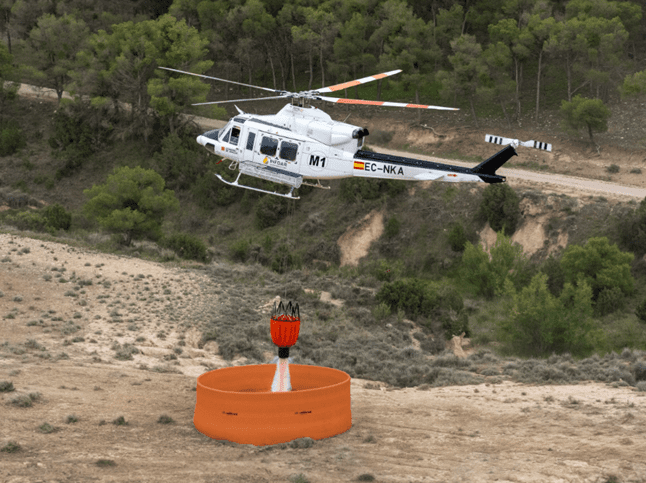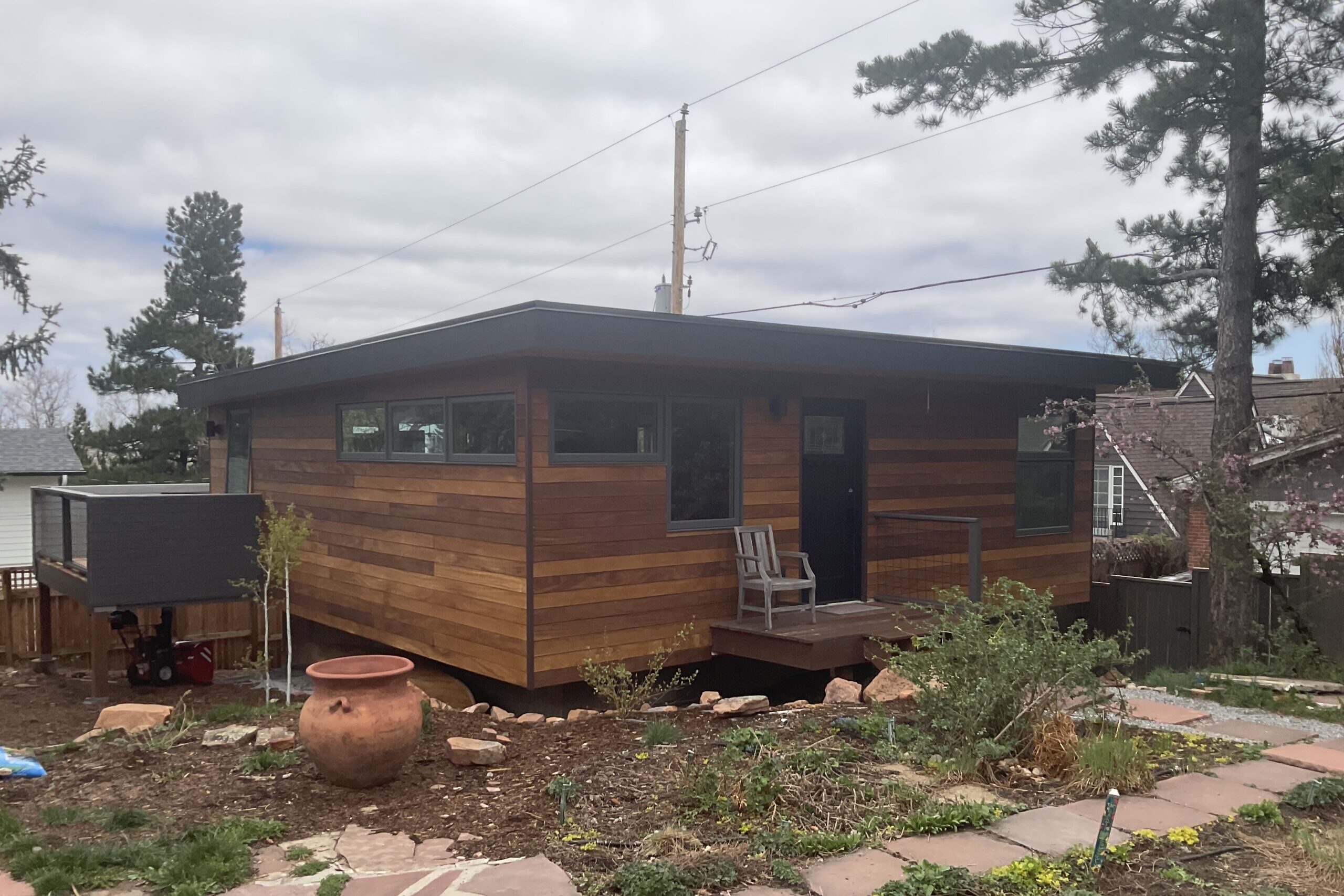The London Fire Brigade is only able to respond to less than half of calls within its six minute target following the closure of 10 stations.
The closures coupled with the loss of over 552 firefighters and 14 engines in central London were made in 2014 as part of Government cutbacks of £29m.
The affected stations included Belsize, Bow, Clerkenwell, Downham, Kingsland, Knightbridge, Silvertown, Southwark, Westminster and Woolwich.
The London Fire Brigade said at the time that services would not be affected but the Fire Brigades Union disagreed.
Statistician Dr Benjamin Taylor of Lancaster University has studied the impact of the closures by analysing data on response times to call outs.
“In some areas before the closures, the average response time for the first fire engine was well under 5 minutes whereas following the closures, the London Fire Brigade is only able to respond to around 50% of calls in these areas within its six minute target.
“That may not sound like a lot but a few minutes could make all the difference.”
London is divided into 33 districts – 32 boroughs plus the City of London which are further divided into wards but Dr Taylor sought to understand the effect of the station closures at the sub-ward level.
He analysed data from call outs to over 24,000 fires in houses and flats which have occurred between 2012 and 2015 . This type of fire accounts for over 80% of fire-related deaths.
“Although the London Fire Brigade is working hard to keep response times down, our findings suggest that there is a limit to what can be achieved logistically.
“Two years on, my analysis would suggest that the impact of the closures may be more substantial than the London Fire Brigade anticipated.”
The time an engine takes to respond to a call depends at what time of day and on which day of the week the fire occurs, as road traffic and staffing levels will vary accordingly.
Response times also depend on the level of service provision in the vicinity – that is, the number of fire stations able to respond in a reasonable time to the call – and the demands on those stations being placed by other calls at the time of the fire, the effect of which might be that an engine has to be deployed from a station further out.
The affected stations included Belsize, Bow, Clerkenwell, Downham, Kingsland, Knightbridge, Silvertown, Southwark, Westminster and Woolwich.
The London Fire Brigade said at the time that services would not be affected but the Fire Brigades Union disagreed.
Statistician Dr Benjamin Taylor of Lancaster University has studied the impact of the closures by analysing data on response times to call outs.
“In some areas before the closures, the average response time for the first fire engine was well under 5 minutes whereas following the closures, the London Fire Brigade is only able to respond to around 50% of calls in these areas within its six minute target.
“That may not sound like a lot but a few minutes could make all the difference.”
London is divided into 33 districts – 32 boroughs plus the City of London which are further divided into wards but Dr Taylor sought to understand the effect of the station closures at the sub-ward level.
He analysed data from call outs to over 24,000 fires in houses and flats which have occurred between 2012 and 2015 . This type of fire accounts for over 80% of fire-related deaths.
“Although the London Fire Brigade is working hard to keep response times down, our findings suggest that there is a limit to what can be achieved logistically.
“Two years on, my analysis would suggest that the impact of the closures may be more substantial than the London Fire Brigade anticipated.”
The time an engine takes to respond to a call depends at what time of day and on which day of the week the fire occurs, as road traffic and staffing levels will vary accordingly.
Response times also depend on the level of service provision in the vicinity – that is, the number of fire stations able to respond in a reasonable time to the call – and the demands on those stations being placed by other calls at the time of the fire, the effect of which might be that an engine has to be deployed from a station further out.









